1,3-Diphenylacetone
Modify Date: 2024-01-09 19:25:19

1,3-Diphenylacetone structure
|
Common Name | 1,3-Diphenylacetone | ||
|---|---|---|---|---|
| CAS Number | 102-04-5 | Molecular Weight | 210.27100 | |
| Density | 1.04 | Boiling Point | 330 °C(lit.) | |
| Molecular Formula | C15H14O | Melting Point | 32-34 °C(lit.) | |
| MSDS | Chinese USA | Flash Point | >230 °F | |
| Name | 1,3-Diphenylacetone |
|---|---|
| Synonym | More Synonyms |
| Density | 1.04 |
|---|---|
| Boiling Point | 330 °C(lit.) |
| Melting Point | 32-34 °C(lit.) |
| Molecular Formula | C15H14O |
| Molecular Weight | 210.27100 |
| Flash Point | >230 °F |
| Exact Mass | 210.10400 |
| PSA | 17.07000 |
| LogP | 3.04090 |
| Vapour Pressure | 0.00016mmHg at 25°C |
| Index of Refraction | 1.55 (21ºC) |
| Storage condition | 2-8°C |
| Stability | Stable. Combustible. Incompatible with strong oxidizing agents. |
| Personal Protective Equipment | Eyeshields;Gloves;type N95 (US);type P1 (EN143) respirator filter |
|---|---|
| Hazard Codes | Xn |
| Safety Phrases | S24/25-S22 |
| RIDADR | NONH for all modes of transport |
| WGK Germany | 3 |
| RTECS | EC2030000 |
| Precursor 10 | |
|---|---|
| DownStream 9 | |
|
Tunicamycin promotes apoptosis in leukemia cells through ROS generation and downregulation of survivin expression.
Apoptosis 20 , 1087-98, (2015) Tunicamycin (TN), one of the endoplasmic reticulum stress inducers, has been reported to inhibit tumor cell growth and exhibit anticarcinogenic activity. However, the mechanism by which TN initiates a... |
| 1,3-Diphenyl-2-propanone |
| Dibenzyl Ketone |
| EINECS 203-000-0 |
| 1,3-Diphenylpropan-2-one |
| MFCD00004795 |
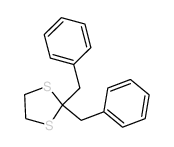 CAS#:76312-47-5
CAS#:76312-47-5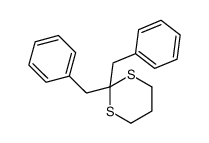 CAS#:40939-52-4
CAS#:40939-52-4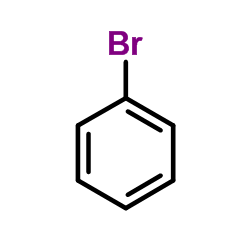 CAS#:108-86-1
CAS#:108-86-1 CAS#:201230-82-2
CAS#:201230-82-2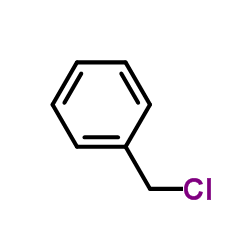 CAS#:100-44-7
CAS#:100-44-7 CAS#:40814-69-5
CAS#:40814-69-5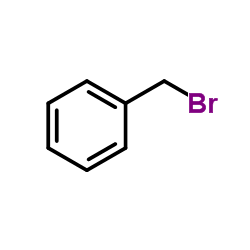 CAS#:100-39-0
CAS#:100-39-0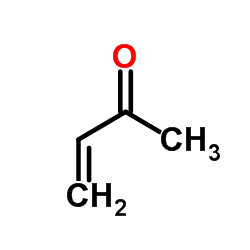 CAS#:78-94-4
CAS#:78-94-4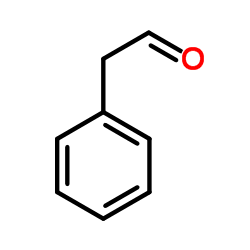 CAS#:122-78-1
CAS#:122-78-1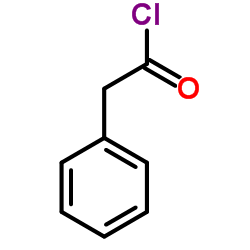 CAS#:103-80-0
CAS#:103-80-0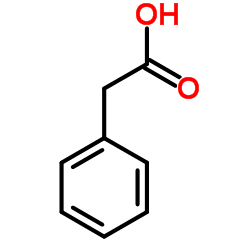 CAS#:103-82-2
CAS#:103-82-2 CAS#:645-49-8
CAS#:645-49-8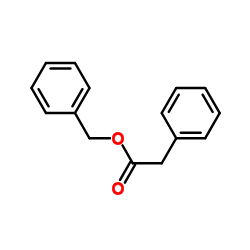 CAS#:102-16-9
CAS#:102-16-9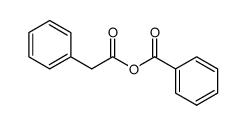 CAS#:41085-80-7
CAS#:41085-80-7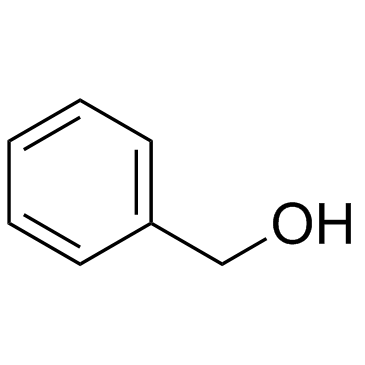 CAS#:100-51-6
CAS#:100-51-6 CAS#:100-52-7
CAS#:100-52-7 CAS#:65-85-0
CAS#:65-85-0![1-[(Z)-Styryl]-4-chlorobenzene structure](https://image.chemsrc.com/caspic/254/1657-49-4.png) CAS#:1657-49-4
CAS#:1657-49-4 CAS#:1657-50-7
CAS#:1657-50-7
